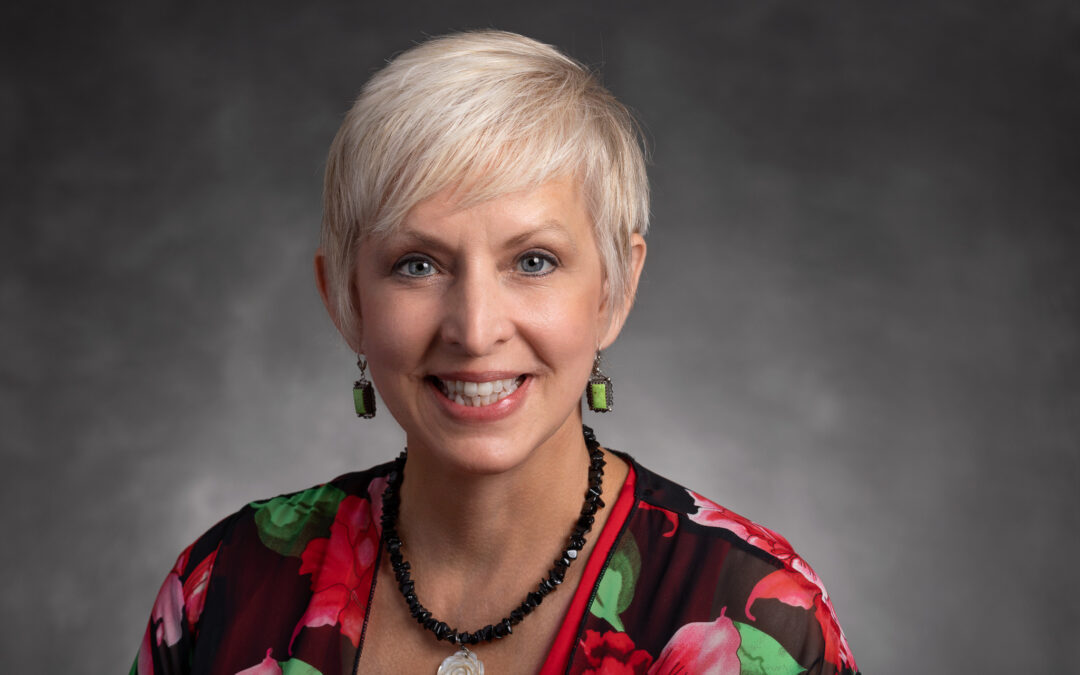Family matters for many reasons, including how it affects your risk for breast cancer.
One in eight women will develop breast cancer during their lifetimes. An estimated five to ten percent of those breast cancers will be linked to gene mutations passed through many generations of the family. Hormonal changes, lifestyle, and environmental factors also play a role in the development of breast cancer. This means breast cancer is likely caused by a complicated interaction of genetic makeup, the environment, and lifestyle.
Learning your lifetime risk for breast cancer allows you to create a plan to lower your chances of breast cancer. Lifestyle changes and being vigilant about screening may be part of that plan. Discover more about breast cancer risk assessment, and if it’s right for you from breast surgeon LaNette Smith, MD, FACS, Dignity Health Yavapai Regional Medical Group in Prescott Valley.
Enlighted and Empowered: Understanding Your Risk for Breast Cancer
No one can predict if or when a woman will be diagnosed with breast cancer. But with breast cancer risk assessment, women can learn their risk level and take steps to reduce their chances of developing breast cancer.
“Breast cancer risk assessment can be enlightening and empowering,” said LaNette Smith, MD, FACS, breast surgeon, Dignity Health Yavapai Regional Medical Group (YRMG) in Prescott Valley. “Most women don’t truly understand their risk for breast cancer. They tend to significantly overestimate their risk or even underestimate it.”
Who should consider breast cancer risk assessment? Past biopsies, a family history, and dense breast tissue are all reasons to undergo risk assessment. However, even women with no known risk factors – other than simply being women – are also diagnosed with breast cancer.
Getting started
Online tools – The Gail Model, Tyrer-Cuzick Risk model, BRCAPRO™, and more – are available as a starting point for women interested in learning their breast cancer risk. The National Cancer Institute website features a risk calculator highlighting breast cancer risk assessment tools. (bcrisktool.cancer.gov)
There are limitations to breast cancer risk assessment tools. They can provide a general idea of a person’s risk for breast cancer as compared to the overall population. The average woman has a lifetime risk of approximately 12 percent. If your lifetime breast cancer risk is about 20 percent or greater, you are considered high risk.
Taking risk assessment to the next level
Risk assessments conducted through YRMG Breast Surgery delve into patients’ histories — family, personal (physical), and more. This is the foundation of an individualized screening and prevention plan that’s based on the patient’s relative risk for developing breast cancer.
“Gathering this information can be a labor-intensive process,” said Dr. Smith. “A patient may say, ‘I had a biopsy three years ago and it was benign. It was nothing.’ However a review of the actual biopsy report may show local atypical ductal hyperplasia. This is a precancerous condition that may raise your risk of breast cancer four times. There’s a big difference between a benign biopsy and a high-risk factor. And unless you are discussing this or dealing with it frequently, you’re probably not aware of the difference.”
Family history: There’s more to know
Having a mother, sister, or daughter (first-degree relative) diagnosed with breast cancer approximately doubles your breast cancer risk. Your risk is higher if a relative develops breast cancer under the age of 50. And, don’t forget about the health history on your father’s side.
“Many women will not mention their father’s prostate or stomach cancer or their paternal grandmother’s pancreatic or colon cancer,” Dr. Smith said. “They’re unaware that these cancers may be genetically linked to breast cancer and actually increase a woman’s risk for breast cancer.”
Certain gene mutations that increase the risk of breast cancer can be passed from parents to children. The most well-known are the BRCA1 and BRCA2 genes.
“Women often ask if they are candidates for genetic testing during breast cancer risk assessments,” said Dr. Smith. “That’s a very detailed conversation. It typically involves going over at least three generations of family health history with a genetics counselor or other health care provider who is specially trained in genetics and risk assessment.”
What’s your personal health history?
Your lifestyle, health history, and more factor into the breast cancer risk assessment, including:
- Age
- Alcohol use
- Breast density
- Early or late menopause
- History of breastfeeding
- Obesity
- Radiation therapy before the age of 30
- Sedentary lifestyle
- Timing of prior pregnancies
- Tobacco use
- Use of hormone replacement therapy
A customized prevention plan
After the risk assessment is complete, the YRMG Breast Surgery team partners with high-risk patients to develop a screening and prevention plan that may include:
- A screening schedule – Automated whole breast ultrasound, breast MRI, and/or clinical breast exams
- Risk-reducing medication
- Lifestyle changes – Scientifically based recommendations for diet and exercise
- Genetic testing
It is more than a one-and-done
Life changes and so will your risk for breast cancer. That’s why Dr. Smith recommends reviewing and updating your breast cancer risk assessment annually. It’s also important to consider how you will use that information as part of your health care. As she says, it’s enlightening and empowering.

